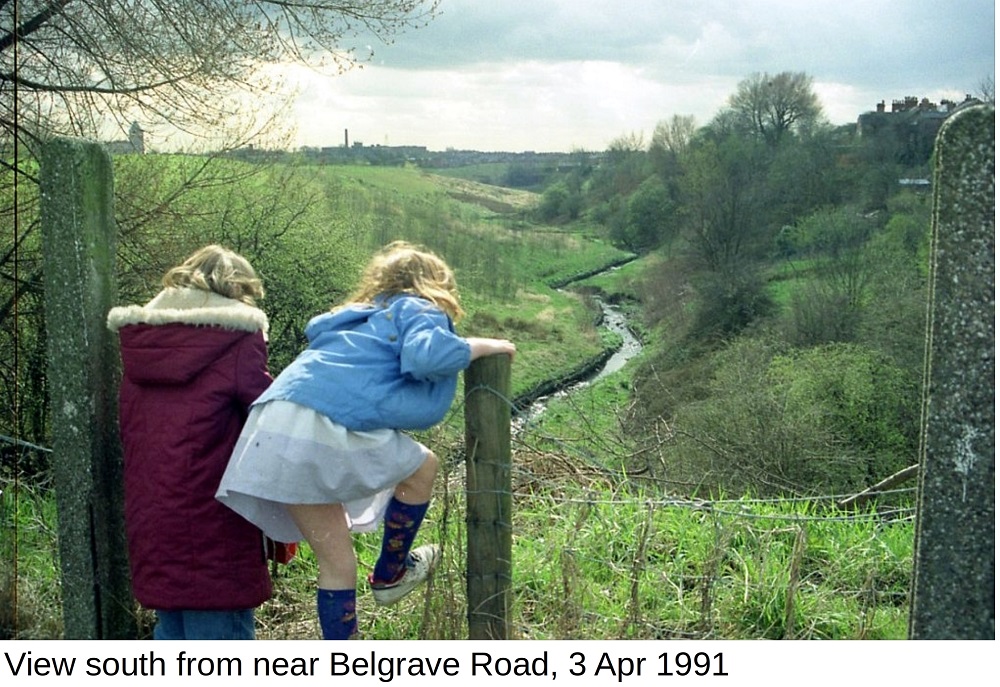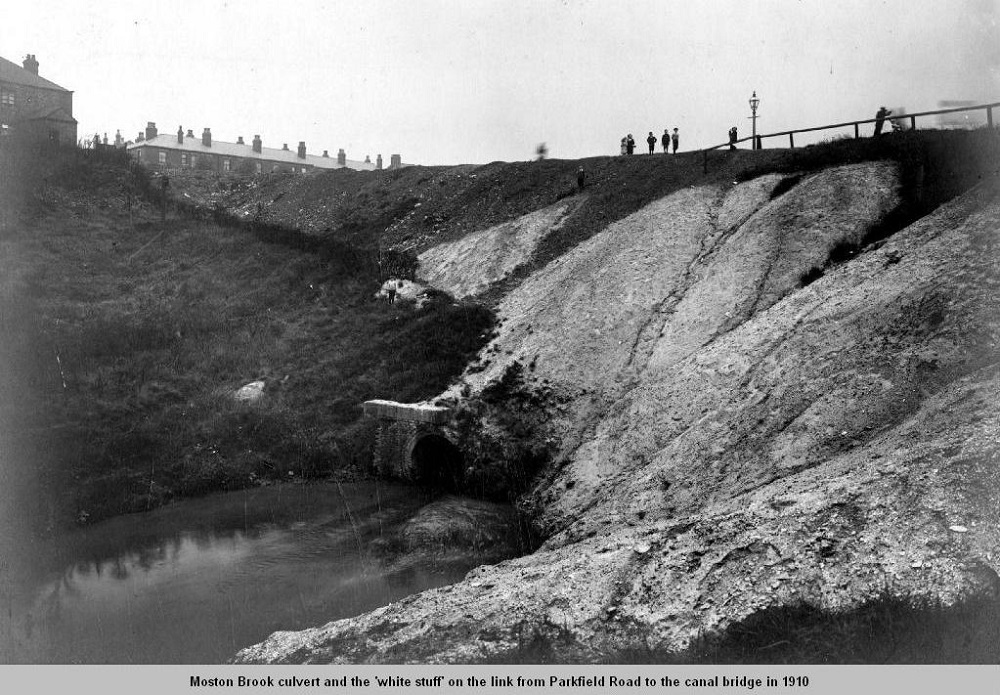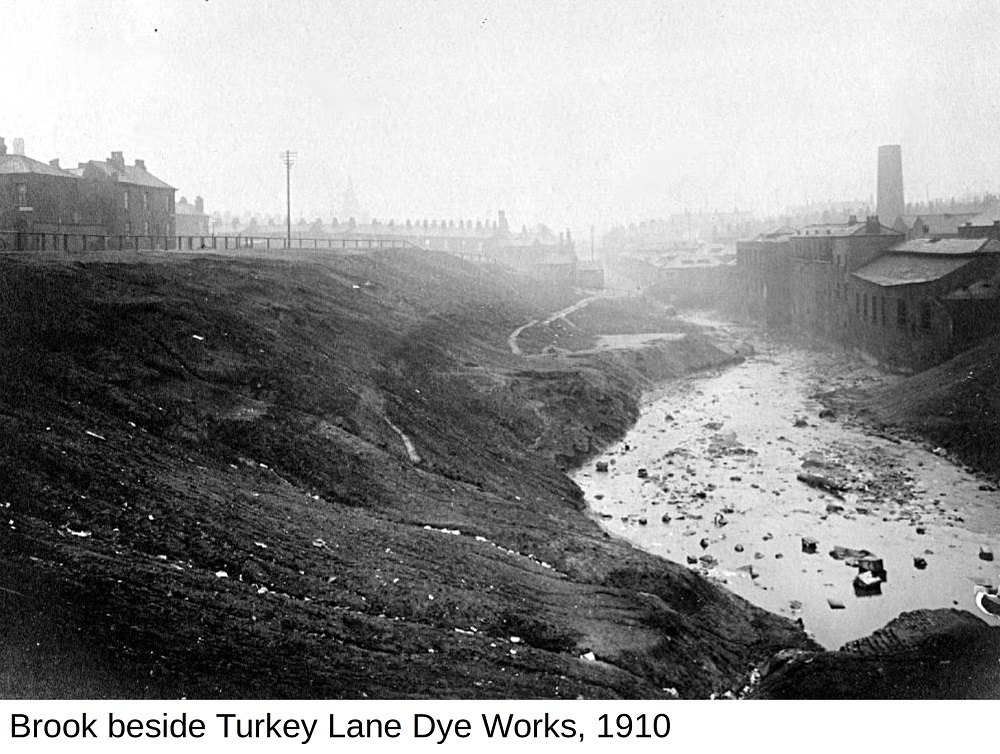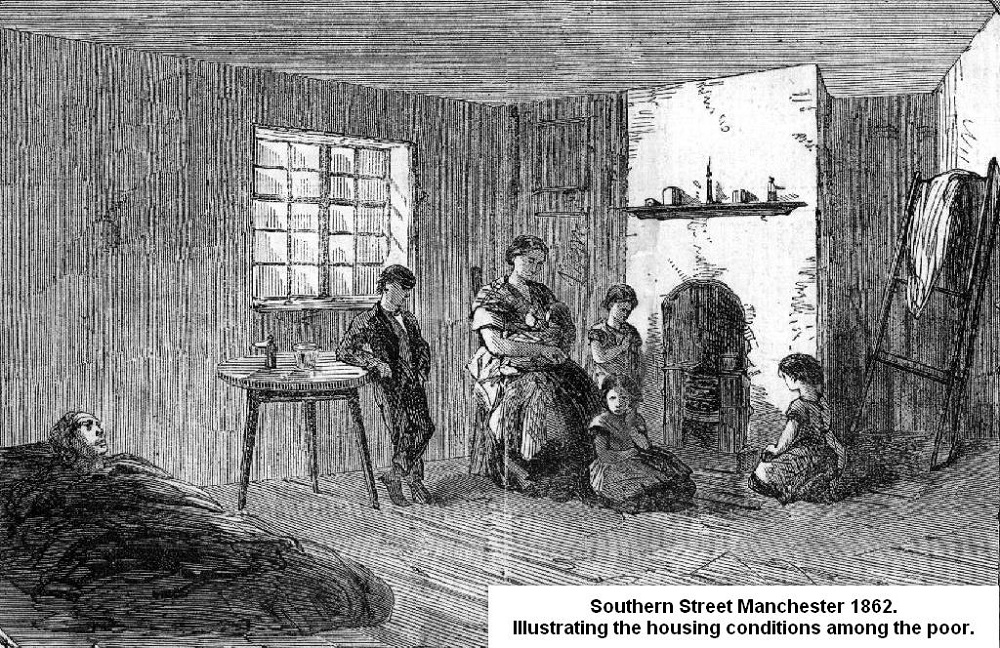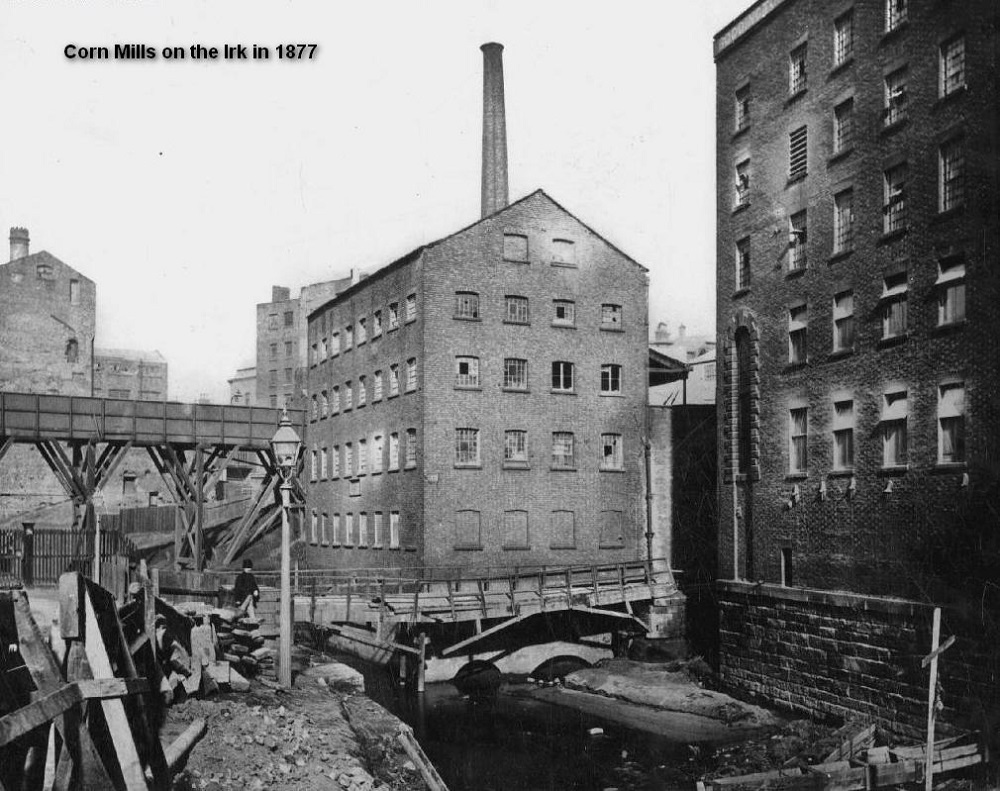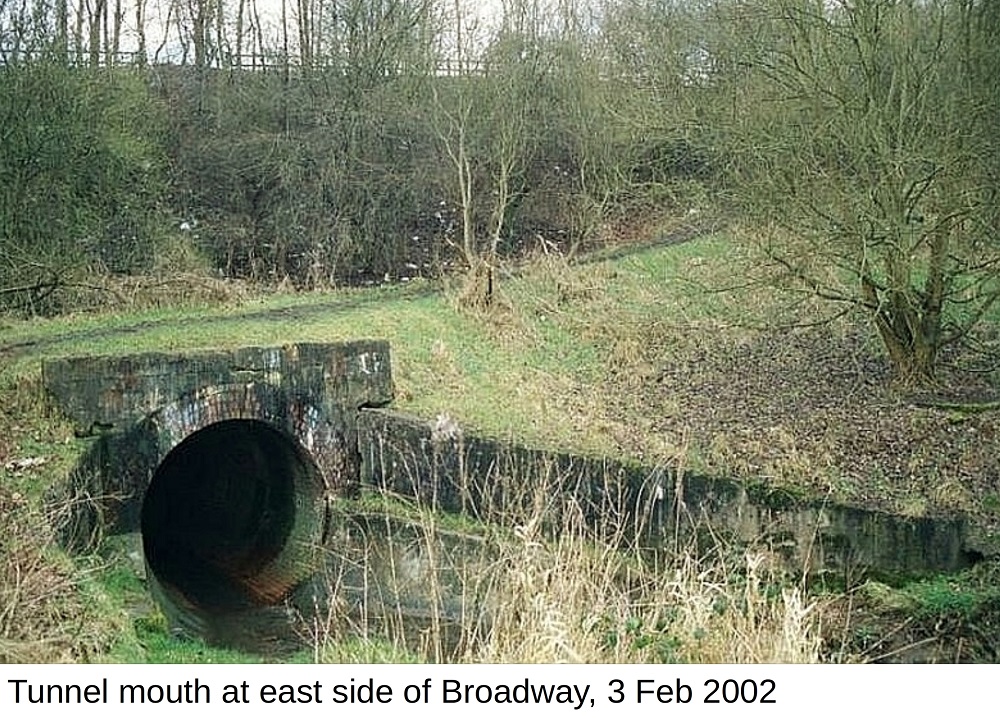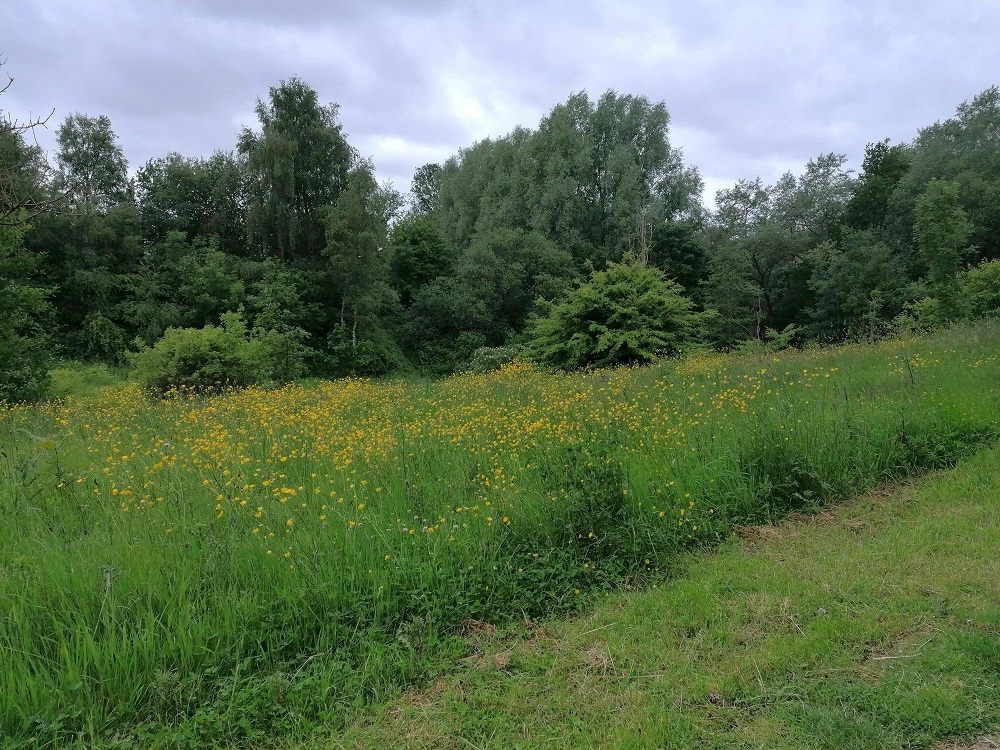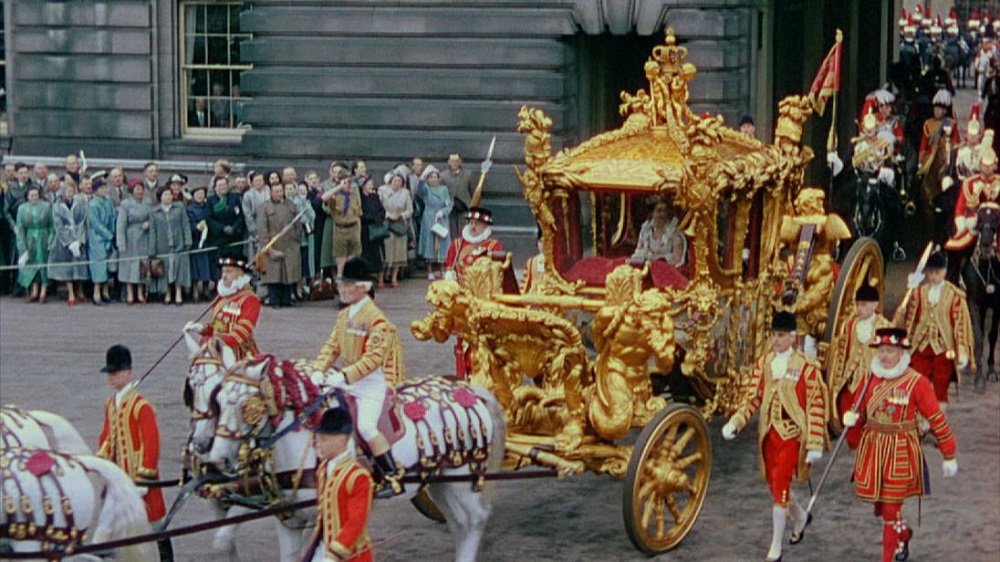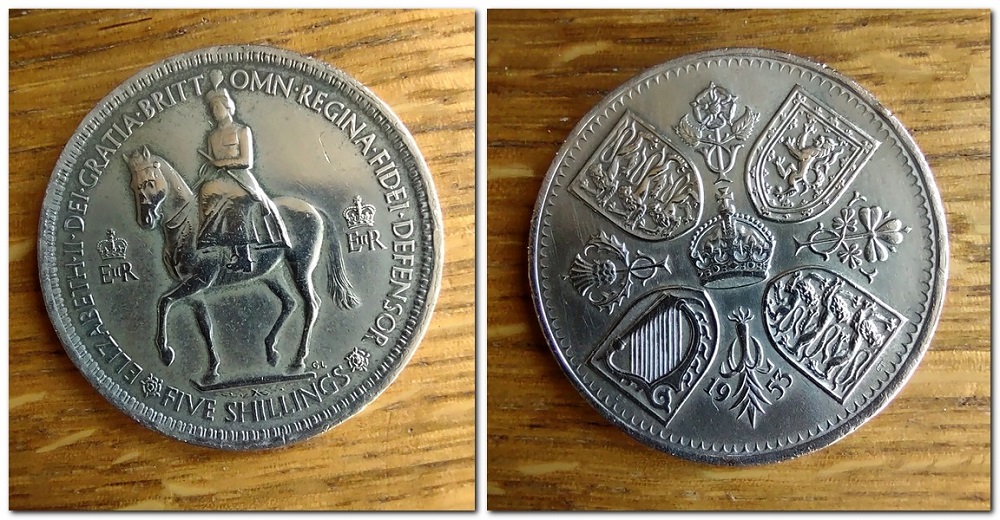
They’ve only gone and done it again! Last month’s performance of ‘The Addams Family’ at NWTAC’s theatre on Lightbowne Road, Moston was yet another sell-out.
I went to the opening night with my family, we had a fantastic evening and were still laughing the next day.
Some of you may remember the original 1960’s TV series. Or, like my daughter and son-in-law, you’ve seen later movie or Netflix versions. If you are not familiar with the creepy, spooky and mysterious Addams family then you’re missing out and need to get a grip.
NWTAC’s cast were up there with the best of them and put on a hilarious version of the Broadway Musical.
The story-line centres on Wednesday Addams’ invitation to her boyfriend’s ‘normal’ American family to meet her distinctly ‘abnormal’ family for dinner. The Addams home is located deep in Central Park woods. It has a great banqueting hall, torture chamber and its own spooky graveyard full of Addams’ ancestors who have a knack of turning up all over the place.
Wednesday and her boyfriend, Lucas Beineke, are in love but she begs her father Gomez to keep it a secret from his beloved wife, Morticia, to ensure the evening goes smoothly. That’s quite a challenge for this household!
Poor, poor Gomez. He connects with the audience immediately, gains their sympathy for his situation and our toes curl when his wife Morticia gets suspicious. Plenty more secrets are thrown into the pot to be winkled out as the fateful evening unfolds.
It’s fair to say the Addams Family characters are iconic. This must have inspired the casting at NWTAC as each part was perfectly matched. Gomez and Morticia, played respectively by Anthony Horricks and Evie Lucas, were simply delicious and brilliant.
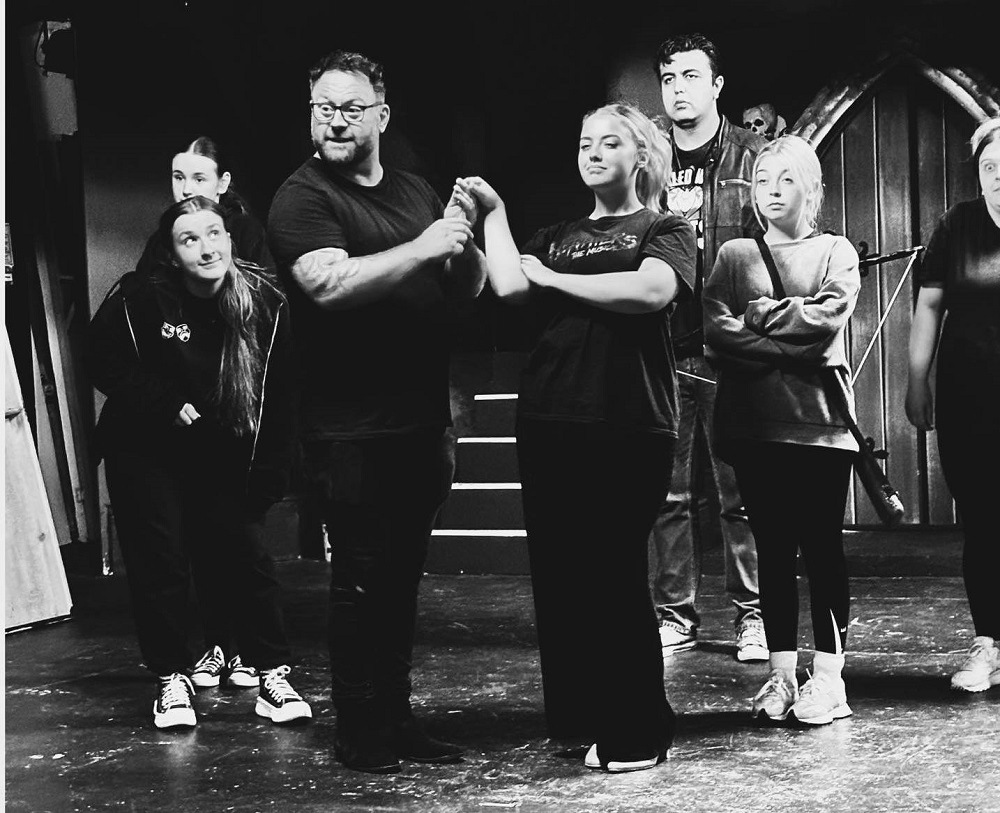
I couldn’t keep my eyes off ‘the eyes’ of Uncle Fester played by Olivia Hollamby. The expression on his, or rather her face, was astonishing and her comic timing gifted. I think I gasped when she first entered the stage. She looked amazing and I had to check my programme to make sure I’d read it right.
Poppy Evans, who took the part of Wednesday, delivered wile and sass in equal measure and was wonderfully wicked. She wrapped her parents around her little finger and oozed confidence. However, when the prim mother of Lucas, Alice Beineke (aka Paige Garth), went wild and passionate on the night of the dinner, on the table no less, Wednesday’s hopes for ‘normal’ flew out the door.
Entwined throughout the story are the Addams Ancestors. They complement the production with their own comedy input, sweeping dance moves and choral contributions. It was a brilliant show with a happy ending. Relationships get their ‘zing’ back while Gomez and Morticia celebrate success with a romantic weekend at the worst hotel in France. Perfection!
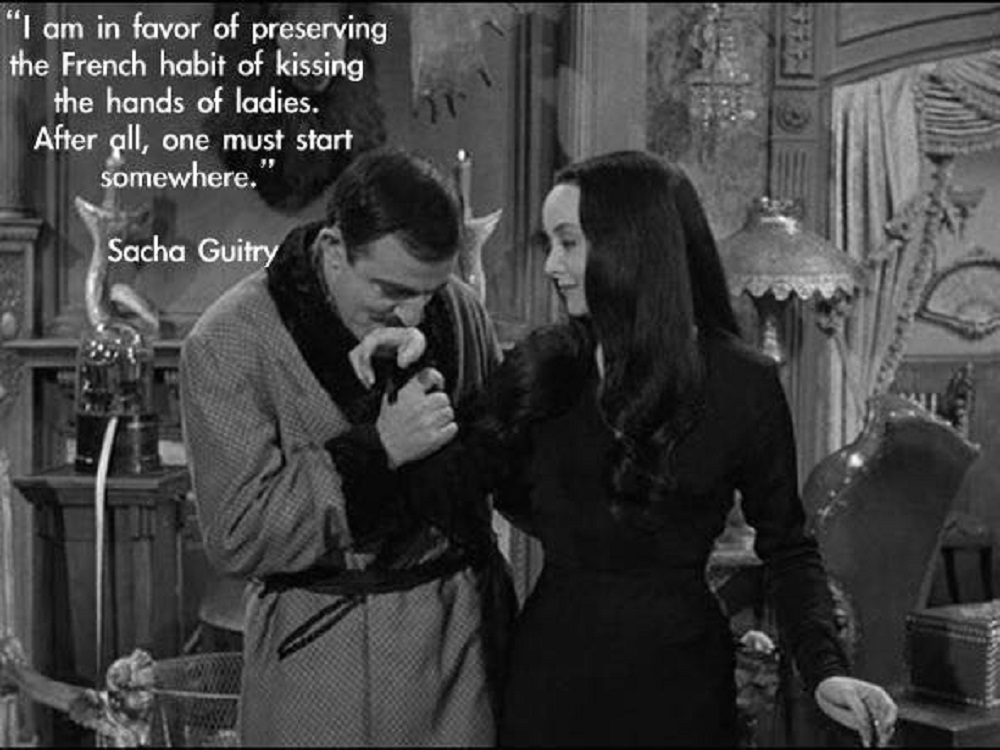
Too many to mention individually, every single member of the cast gave it their all and shone.
The script was hilarious, the vocals and dance routines swept the audience along. Sitting quietly at their stations either backstage or in the tech area of the theatre are the production crew. They work their magic to create an experience and atmosphere that’s quite special. Do not under-estimate their skill. The sound, lighting, sets, costumes and make-up play an essential part while Front of House staff complete the package.
My utmost respect to the management team and directors, this has to be one of the best musical comedies I’ve ever seen.
NWTAC are committed to entertain you with a range of performances throughout the season and they’re working on 2023/2024 right now. Tickets are all reasonably priced so keep an eye on their website and social media so you don’t miss out.
